The poison pill provision isn’t technically a term defined in the NBA’s Collective Bargaining Agreement. However, the concept of a “poison pill” has colloquially come to refer to a pair of NBA concepts.
The first of those concepts relates to the Gilbert Arenas Provision, which we’ve explained in a separate glossary entry. When a team uses the Arenas provision to sign a restricted free agent with one or two years of NBA experience to an offer sheet, that team can include a massive third-year raise that’s often referred to as a “poison pill,” since it makes it more difficult for the original team to match the offer.
The second meaning of the “poison poll” is the one that has become more common – and more frequently relevant – in recent years. It relates to players who recently signed rookie scale extensions.
The “poison pill provision” applies when a team extends a player’s rookie scale contract, then trades him before the extension officially takes effect. It’s a rare situation, but it features its own set of rules, since extensions following rookie contracts often create a large gap between a player’s current and future salaries.
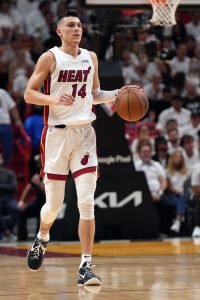 For salary-matching purposes, if a player is traded between the time his rookie contract is extended and the following July 1 (when that extension takes effect), the player’s incoming value for the receiving team is the average of his current-year salary and the annual salary in each year of his extension.
For salary-matching purposes, if a player is traded between the time his rookie contract is extended and the following July 1 (when that extension takes effect), the player’s incoming value for the receiving team is the average of his current-year salary and the annual salary in each year of his extension.
His current team, on the other hand, simply treats his current-year salary as the outgoing figure for matching purposes.
Let’s use Heat guard Tyler Herro as an example. Herro, who is currently viewed as both a trade candidate and an extension candidate, is set to earn $5,722,116 in 2022/23, the final year of his rookie scale contract. Any extension he signs would be significantly more lucrative. To illustrate our point, let’s assume he and the Heat agree to a four-year, $120MM rookie scale extension that would begin in ’23/24.
If the Heat decide after signing Herro to that extension that they want to trade him, the poison pill provision would complicate their efforts. From Miami’s perspective, Herro’s current-year cap hit ($5,722,116) would represent his outgoing salary for matching purposes. However, any team acquiring Herro would have to view his incoming value as $25,144,423 — that’s the annual average of the five years and $125,722,116 he has left when accounting for both his current contract and his (hypothetical) new extension.
As we explain in our glossary entry on the traded player exception, NBA rules dictate that over-the-cap teams must send and receive approximately the same amount of salary in any trade. So applying the poison pill provision to a player like Herro and creating a difference of nearly $20MM between how two trade partners account for him would make salary-matching far more difficult than usual.
The poison pill provision is one key reason why the Heat are unlikely to extend Herro until they’re fairly certain they won’t use him in a blockbuster trade. Without an extension in place, his current-year salary of $5,722,116 is both his outgoing and incoming cap hit for matching purposes.
Trades involving a player who recently signed a rookie scale extension are already rare. After all, those players are generally young, and a player who signed an extension is promising enough to have warranted a long-term investment. Those aren’t players that teams often trade. The poison poll provision further disincentivizes a deal involving one of those recently extended players by complicating salary-matching rules, making those trades that much more rare.
Note: This is a Hoops Rumors Glossary entry. Our glossary posts will explain specific rules relating to trades, free agency, or other aspects of the NBA’s Collective Bargaining Agreement. Larry Coon’s Salary Cap FAQ was used in the creation of this post.
Earlier versions of this post were published in 2012, 2018, and 2021.
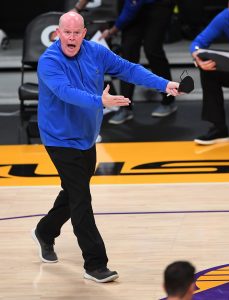 Hired: Steve Clifford (
Hired: Steve Clifford (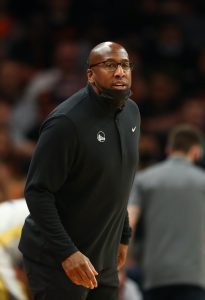 Gentry, who replaced Luke Walton during the first half of the 2021/22 season, previously stuck around following interim stints in Detroit and Phoenix to become those teams’ permanent head coaches. But after leading the Kings to an underwhelming 24-41 record to close out the season, he was unable to replicate that feat in Sacramento.
Gentry, who replaced Luke Walton during the first half of the 2021/22 season, previously stuck around following interim stints in Detroit and Phoenix to become those teams’ permanent head coaches. But after leading the Kings to an underwhelming 24-41 record to close out the season, he was unable to replicate that feat in Sacramento.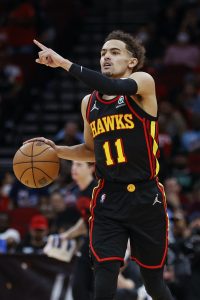 2022/23:
2022/23: 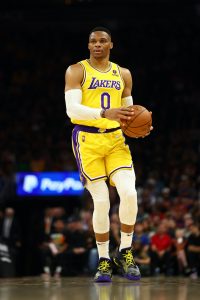 2022/23:
2022/23: 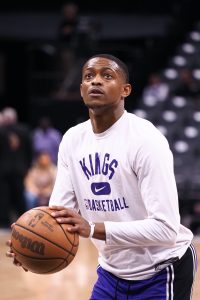 2022/23:
2022/23: 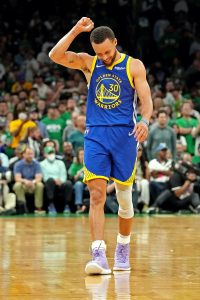 When a player signs a maximum-salary contract, he doesn’t necessarily earn the NBA max for each season of that contract — he earns the max in year one, then gets a series of identical annual raises. In Curry’s case, his 2022/23 salary actually exceeds
When a player signs a maximum-salary contract, he doesn’t necessarily earn the NBA max for each season of that contract — he earns the max in year one, then gets a series of identical annual raises. In Curry’s case, his 2022/23 salary actually exceeds